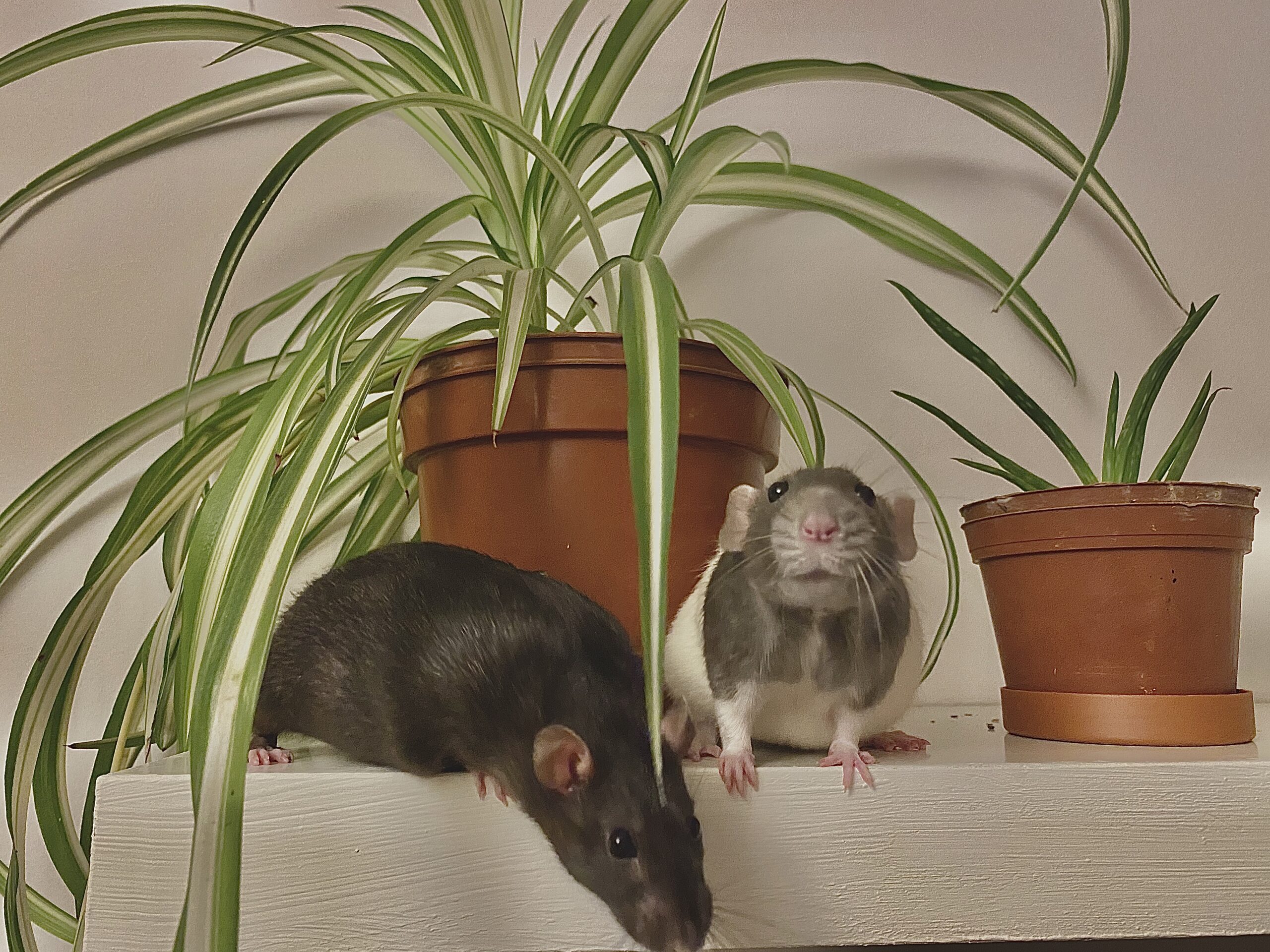- HUMOR
Pig Puns


Rats are more than just unwelcome guests; they pose significant health risks and can cause extensive property damage if left unchecked. For homeowners and DIY enthusiasts, understanding effective rodent control strategies is crucial for maintaining a safe and healthy living environment. This guide provides practical steps and solutions to help you get rid of rats, using a combination of effective tools, natural alternatives, and preventive measures.
Recognizing the early signs of a rat infestation is essential for timely intervention. By identifying these indicators, you can take swift action to control the problem.
Rat droppings are one of the most common signs of an infestation. These droppings are typically small, dark, and pellet-shaped. Look for them in areas where rats are likely to travel, such as along walls, in cupboards, and near food sources. Regularly check these areas to spot new droppings, which can indicate ongoing activity.
In addition to droppings, watch for gnaw marks on furniture or walls, greasy rub marks along walls, and the presence of nests made from shredded materials. These signs can help confirm the presence of rats in your home.
Having the right tools is essential for effective rodent control. Here is a list of tools and materials that can help you in your efforts:
These tools can be used in combination to tackle the rat problem from multiple angles, increasing your chances of success.
Trapping is one of the most effective ways to control rat populations. Proper trap placement and setup are key to maximizing efficiency.
Place traps along walls where rats are known to travel, as they prefer to move along edges. Use bait that is attractive to rats, such as peanut butter or cheese, and ensure that the bait is secure on the trap to avoid it being stolen without triggering the mechanism.
When setting up traps, always wear protective gloves to prevent the transfer of human scent, which can deter rats. Additionally, handle traps carefully to avoid accidental injury. Once a rat is caught, use gloves to handle the trap and dispose of the rodent in a sealed bag to prevent the spread of disease.
For those who prefer to avoid chemical solutions, there are natural alternatives that can help deter rats.
Essential oils such as peppermint oil have strong odors that rats find unpleasant. Soak cotton balls in peppermint oil and place them in areas where rats are active. Additionally, consider using ultrasonic pest repellers, which emit sounds that are irritating to rodents but inaudible to humans.
Preventing rats from entering your home is a critical step in controlling infestations. A thorough guide on sealing entry points can help secure your home against these unwanted intruders.
Inspect your home for gaps or holes in walls, floors, and foundations. Pay special attention to areas around pipes and vents, as these are common entry points for rats. Use steel wool or wire mesh to block small holes, and seal larger gaps with caulk or concrete.
Once identified, seal entry points using appropriate materials. Ensure that all seals are tight and secure to prevent rats from chewing through them. Regularly inspect these areas to ensure that they remain intact over time.
Handling rat droppings safely is crucial to avoiding potential health risks. Always wear gloves and a mask when cleaning up droppings. Use a disinfectant cleaner to thoroughly sanitize the area after removal. Dispose of droppings in a sealed plastic bag and wash your hands thoroughly afterward.

Once you have addressed the immediate infestation, maintaining a rat-free environment requires ongoing diligence.
Conduct regular inspections of your home to spot any new signs of rat activity. Keep your home clean and free of food debris, as this can attract rodents. Store food in sealed containers and ensure that garbage is disposed of promptly.
Maintaining a rat-free home doesn’t have to be expensive. DIY solutions like traps and natural repellents are cost-effective and can be purchased for under $50. Regular maintenance and vigilance are invaluable investments in keeping rats at bay.
If your efforts to control a rat infestation are unsuccessful, it may be time to call in professional pest control services. Professionals have access to more advanced tools and techniques that can address severe infestations effectively. Consider professional help if you notice persistent signs of activity despite your best efforts.
In conclusion, getting rid of rats involves a comprehensive approach that includes identifying signs of infestation, using effective tools, setting traps correctly, sealing entry points, and maintaining a clean environment. By following these steps, homeowners can protect their properties and ensure a safe, rat-free living space.